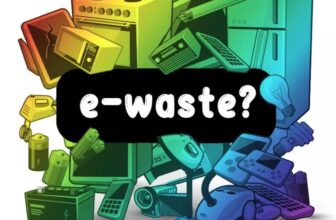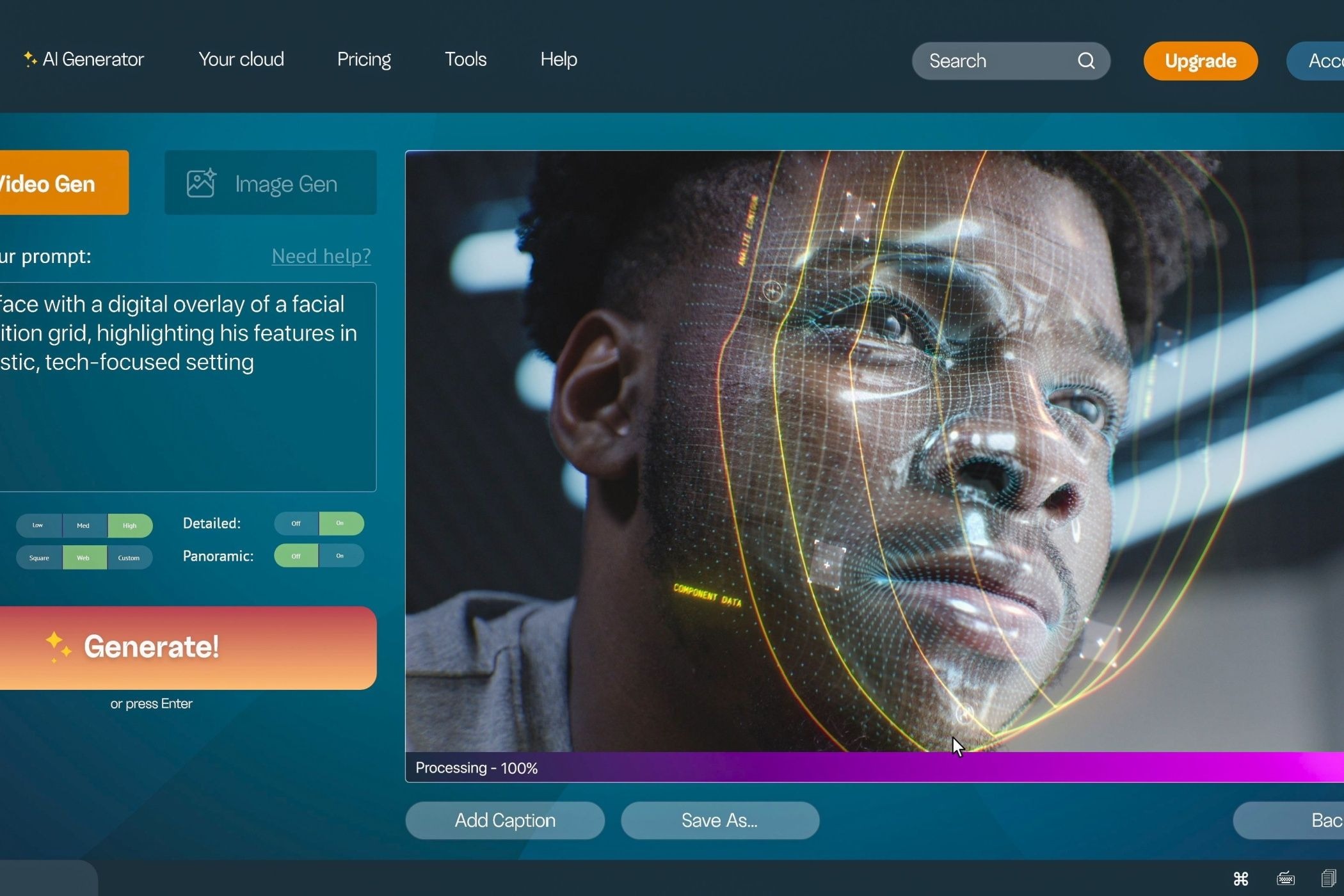
You’ve seen it—your favorite creator takes a frozen image and transforms it into a smooth, animated video that seems straight out of a movie. No, they’re not animation experts or video sorcerers. They are using something called an Image to Video AI Generator—and it’s taking the creative world by storm in 2025.
If you’re scratching your head wondering what it is, how it does it, and why everyone’s abuzz about it, you’ve come to the right place. Let’s strip away the mystery in plain words (with a pinch of tech wizardry), and look at how this AI revolution is changing the way we create content.
Table of Contents
What Is an Image to Video AI Generator?
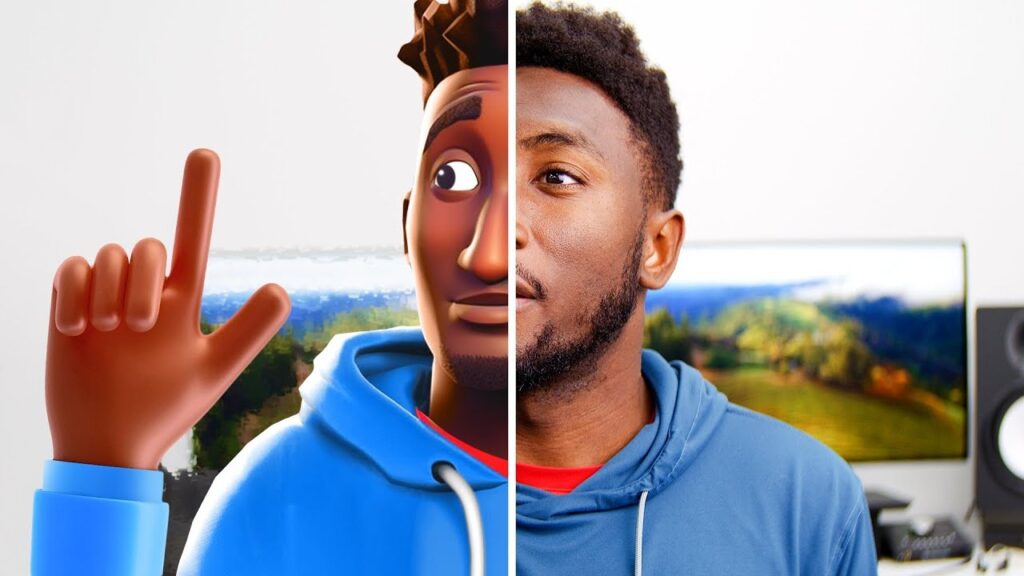
Source: thedenveregotist.com
An Image to Video AI Generator is a computer program based on artificial intelligence that transforms stationary images into action-packed videos. You provide a picture—a portrait, landscape, or illustration—and the AI loads its characteristics, completes motion patterns, and animates it as a brief video clip.
There are generators that get their cameras moving minimally with zoom and pan, and there are others that go the whole hog with face animation, body movement, dynamic lighting, and cinematic effects.
Think of it as Photoshop + Pixar + AI all in one.
How Does It Work? (Without Getting All Nerd-y)
Behind the scenes, these tools leverage high-performance machine learning models—usually trained on millions of pairs of images and videos. Here’s the process:
Step 1: Image Analysis
The AI recognizes objects, faces, depth, and motion cues within your image.
Step 2: Motion Generation
It predicts how those things move in a naturalistic or stylized way. Some tools enable you to choose the type of animation—realistic, anime, cinematic, etc.
Step 3: Frame Synthesis
The computer builds a series of frames in order to simulate motion, converting your image into a video, usually several seconds in duration.
Step 4: Rendering and Export
The video is polished, rendered, and shareable-ready—usually in HD or 4K resolution.
Why So Popular in 2025?
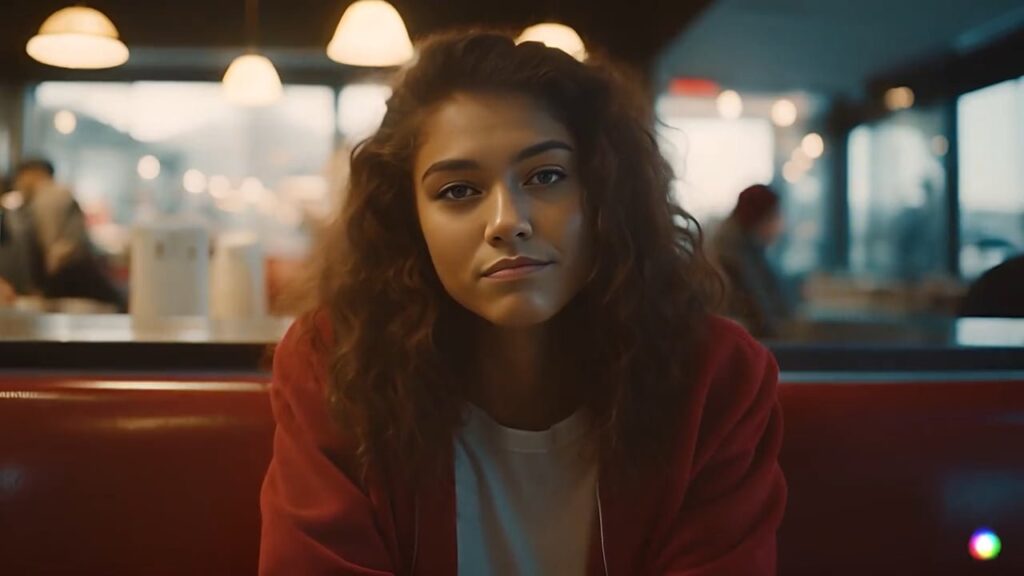
Source: the-decoder.com
Three words: accessibility, creativity, virality.
- No skills required: You don’t need to be proficient in After Effects or Blender. Simply upload and make.
- Social media loves it: These animations are made for TikTok, Instagram Reels, and YouTube Shorts.
- Unlimited creativity: Turn AI art, family photos, product shots, or even memes into video gold.
Whether you’re a marketer, influencer, educator, or just someone who wants to impress their followers, this tool opens up serious visual storytelling potential.
Top Features to Look For in 2025
Here’s what separates the best image to video AI generators from the “meh” ones:
- Multiple Styles (e.g., anime, 3D, cinematic, surreal)
- Facial/Body Motion Animation (for portraits or character art)
- Audio Syncing (mouth movements to match music or dialogue)
- Custom Prompts (text-to-style or scene control)
- High Resolution Export (HD to 4K, no strange artifacts)
- Speed & Efficiency (rapid rendering, minimal wait time)
Common Use Cases: Who’s Utilizing It and For What
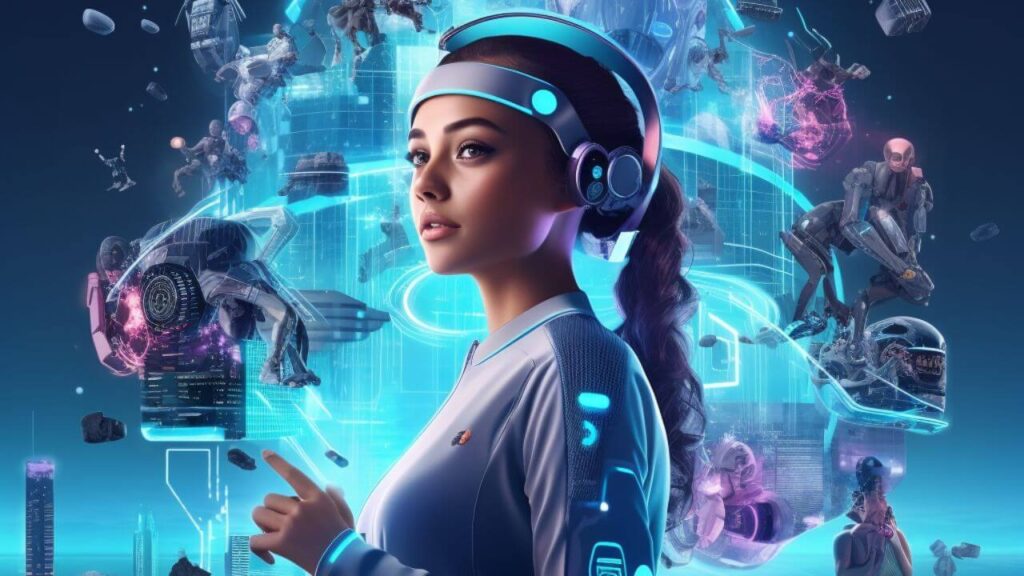
Source: theaisurf.com
- Content Creators: Convert character art into action sequences or animate thumbnails for additional click through.
- Digital Artists: Bring life to static artwork without having to re-render each frame.
- Marketers: Design motion-intensive product teasers out of flat catalog images.
- Influencers: animate selfies and pics for trend-y posts.
- Educators: Bring static diagrams or history portraits to life.
Effectively, if your profession is images and engagement, then these tools are a game-changer.
Best Image to Video AI Generators in 2025 (Short List)
Here are some of the leading tools causing a splash this year:
- Deevid AI – Number one for ultra-realistic video styles (https://deevid.ai/video-to-video)
- PixVerse – Great for anime or cartoon effects
- Pika Labs – Short-form video makers adore it
- Runway ML – Pro-level, great for motion design
- Kaiber AI – Awarded for cinematic storytelling from pictures
All have their uses. If you’re just starting to work with AI, Deevid AI and PixVerse are easy to work with and adaptable. For pro workflows, Runway offers more creative control.
Strengths and Weaknesses of Image to Video AI Generators
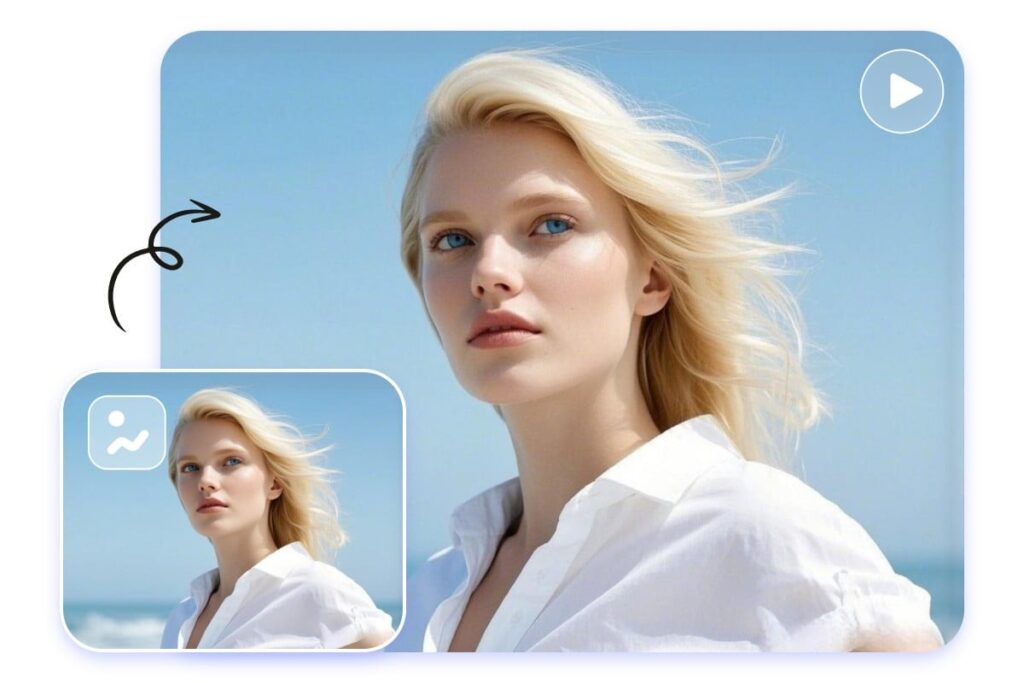
Source: fotor.com
As with every technology trend, there are advantages and disadvantages:
✅ Strengths:
- Fast and easy
- No design or video skills needed
- Personalized content for business or personal use
- Runs in browser or mobile
❌ Weaknesses:
- Restricted motion quality on complex scenes
- Outcomes continue to look “AI-ish”
- May require credits or subscription to access high-res output
Best Tips for Best Results
- High-Resolution Images: The better your input, the more smooth the animation.
- Try Different Styles: Most platforms offer anime, 3D, watercolor, and beyond—get creative!
- Refine with Prompts: On certain platforms, you can include short text prompts to shape the animation style.
- Don’t Overload It: Too many faces, objects, or blurry areas? The AI might get confused.
- Pair with Music: A simple background track can make a short animated video pop even more.
What’s Next for Image to Video AI?
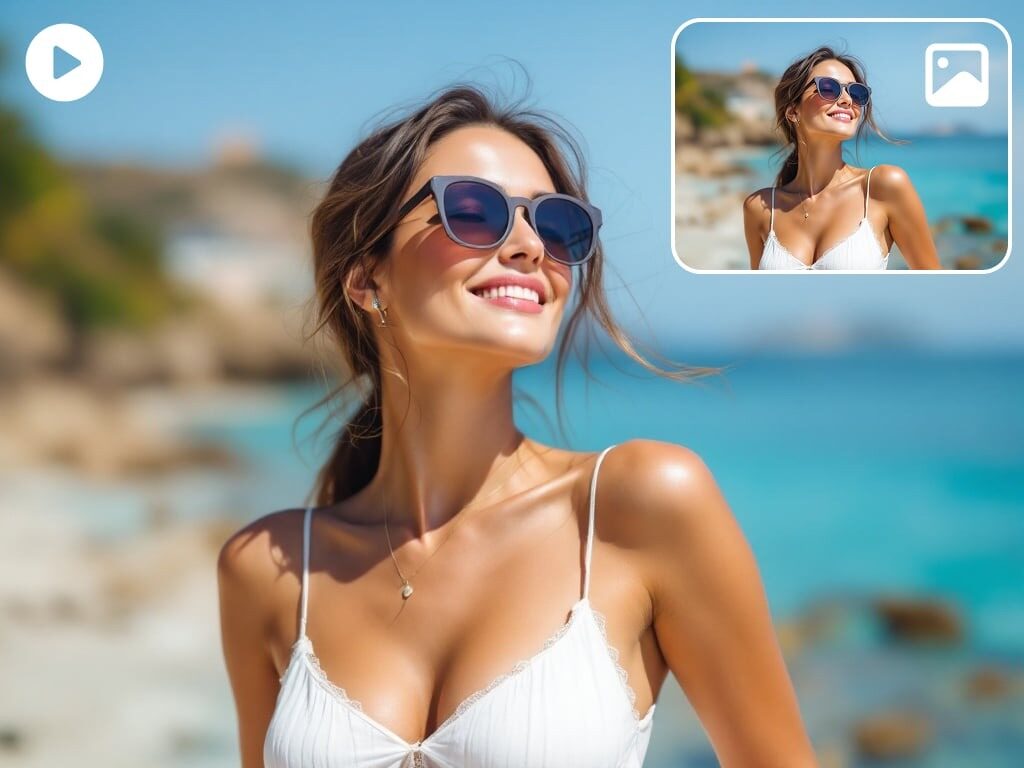
Source: goenhance.ai
2025 is just the beginning. We’re already seeing:
- Voice-to-video: Generate character speech and animation from voice input.
- Multi-image storytelling: Create scenes using several images for continuity.
- Real-time editing: Adjust movement and lighting with sliders while playing back the video.
Your next video studio might just be your phone camera roll, thanks to growing power in AI models.
Final Thoughts
What is an image to video AI generator then? In short: it’s the easiest way to make your images come alive.
Whether you’re surfing the trends or just want to take your feed to the next level, these tools give you a creative edge—without an army of video production support. As 2025 marches on, this trend’s not slowing down.
Go ahead—turn that selfie, portrait, or product photo into a short film. The future of visual storytelling is an upload away.



